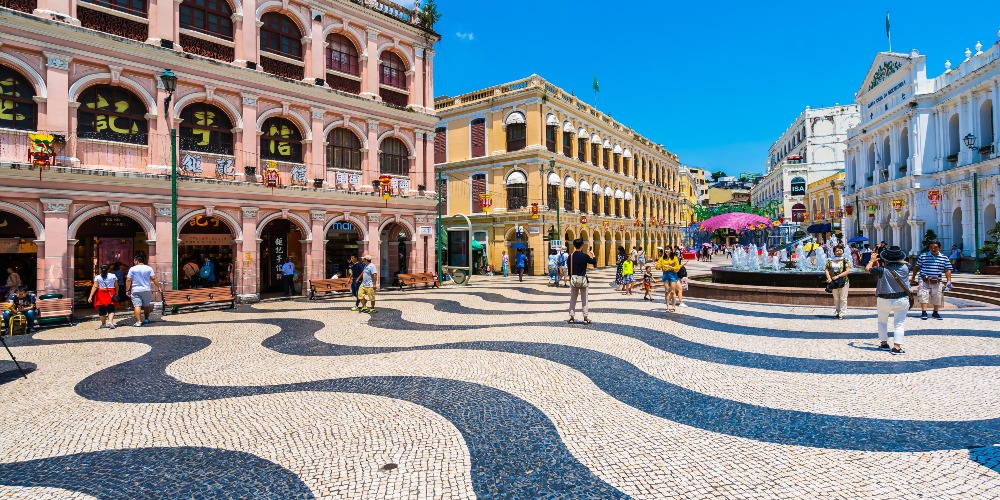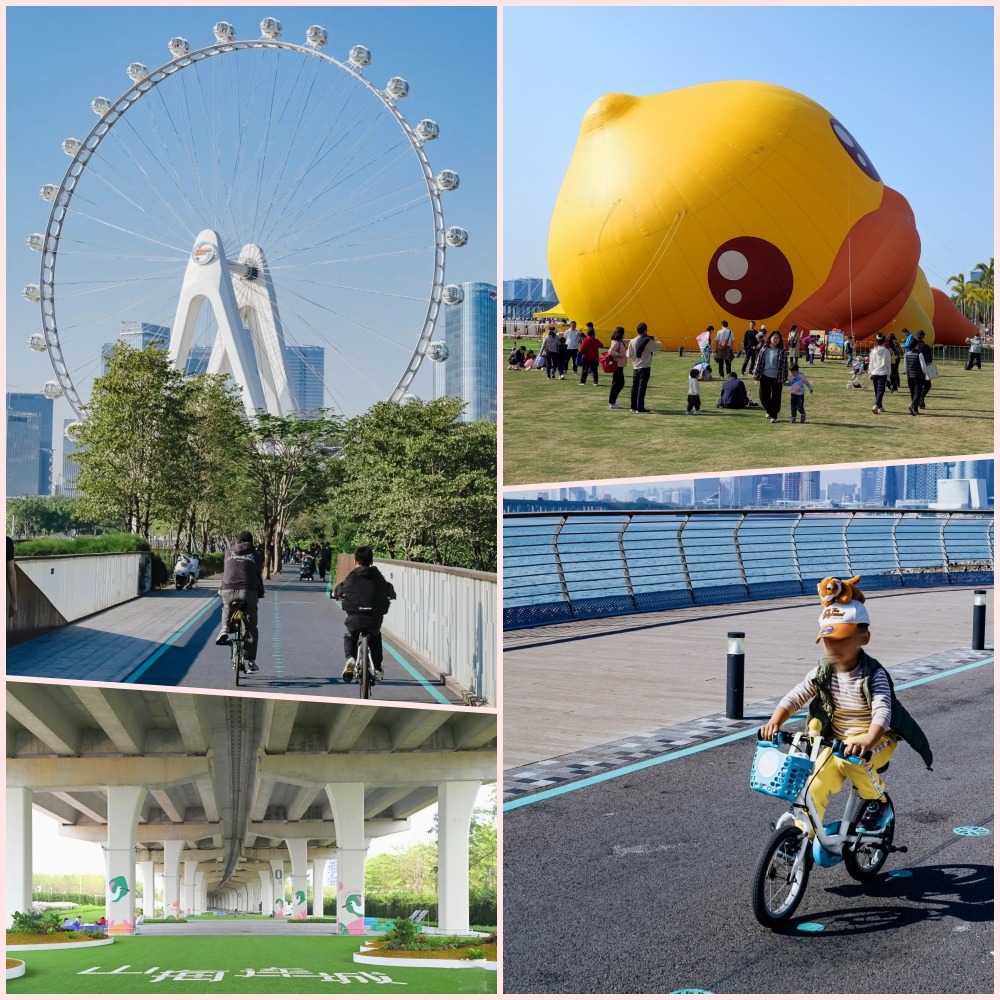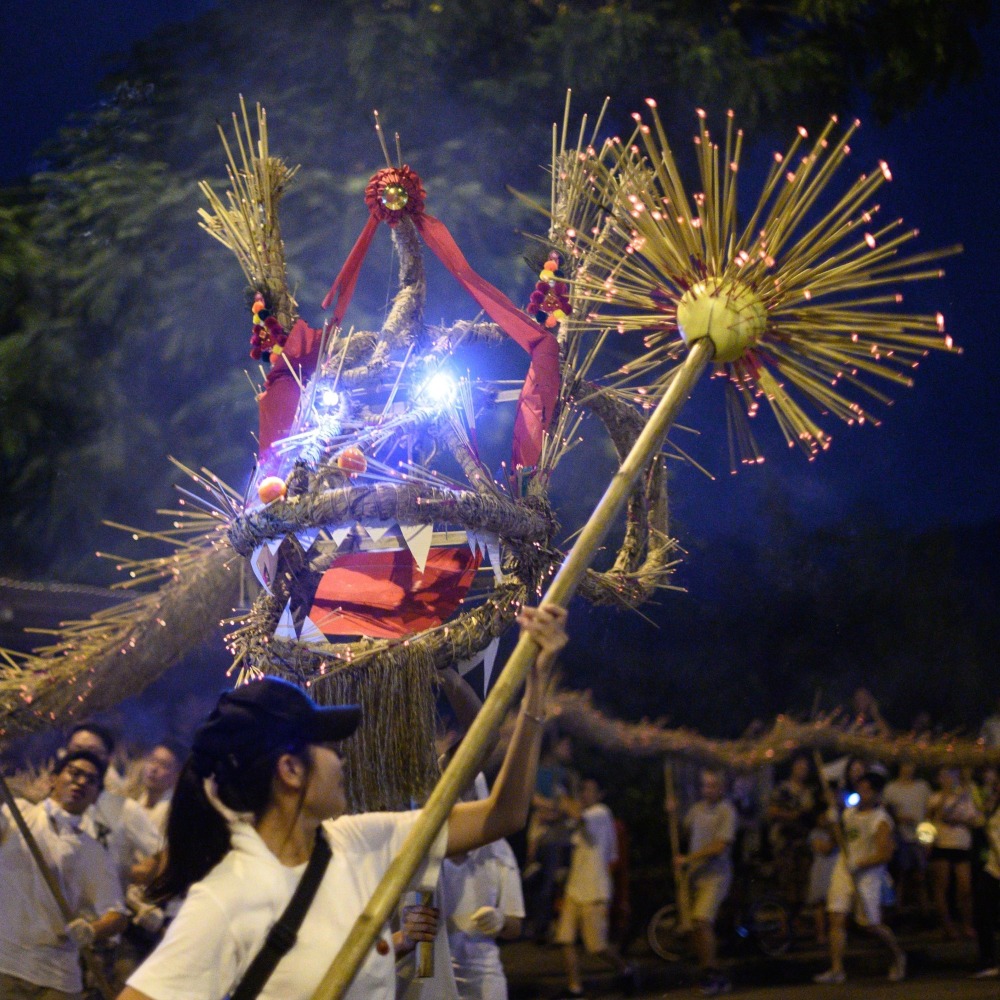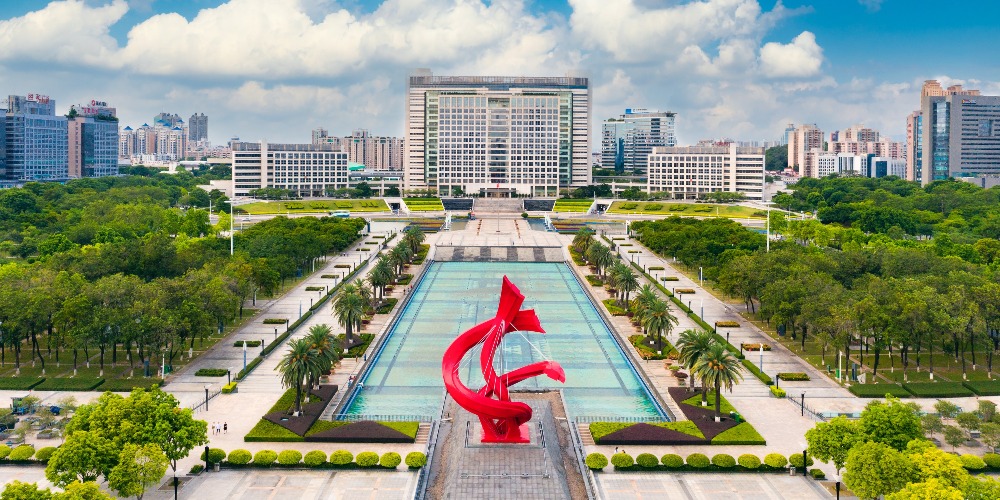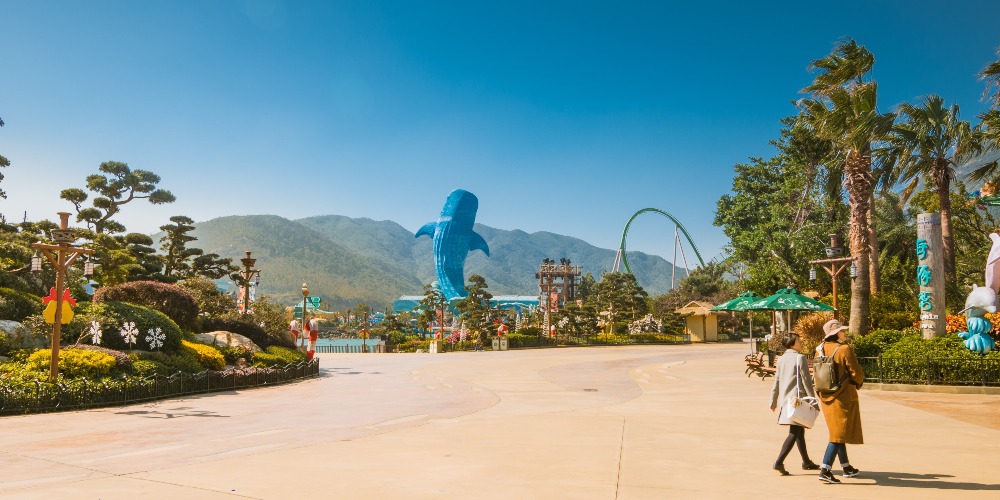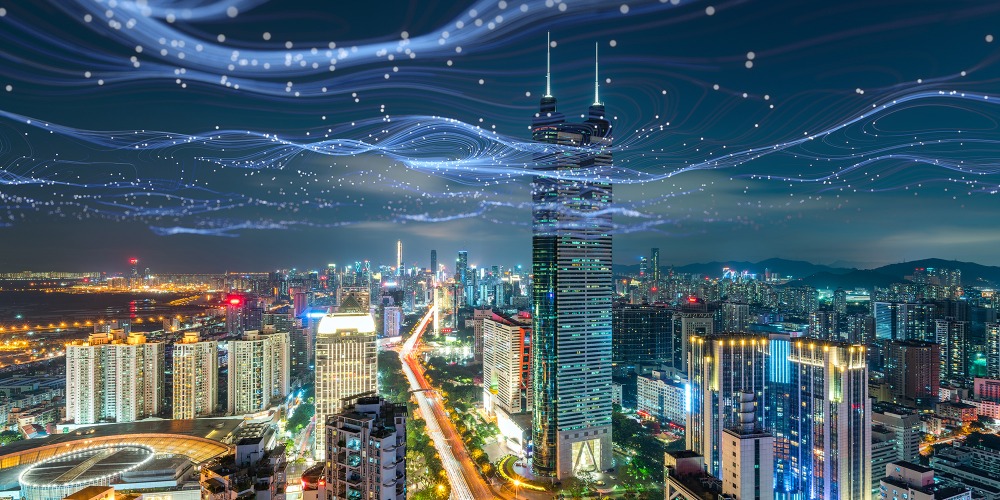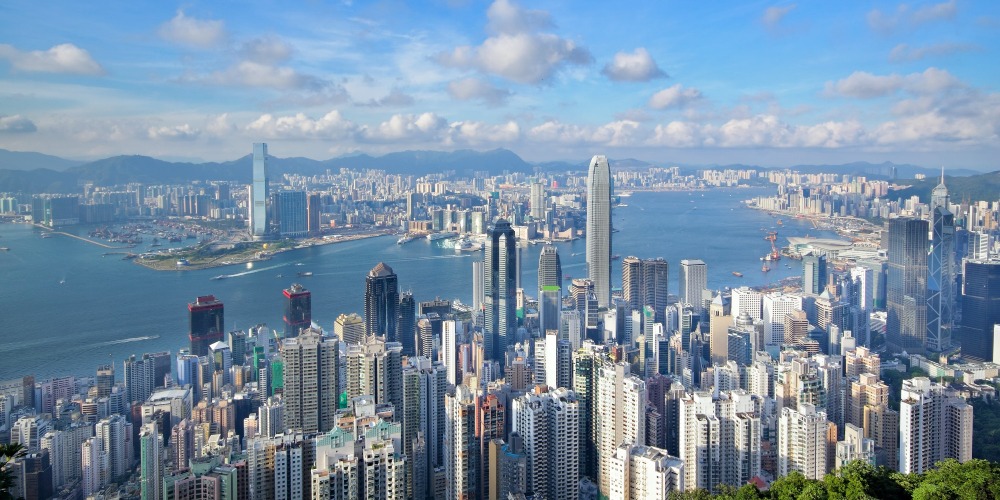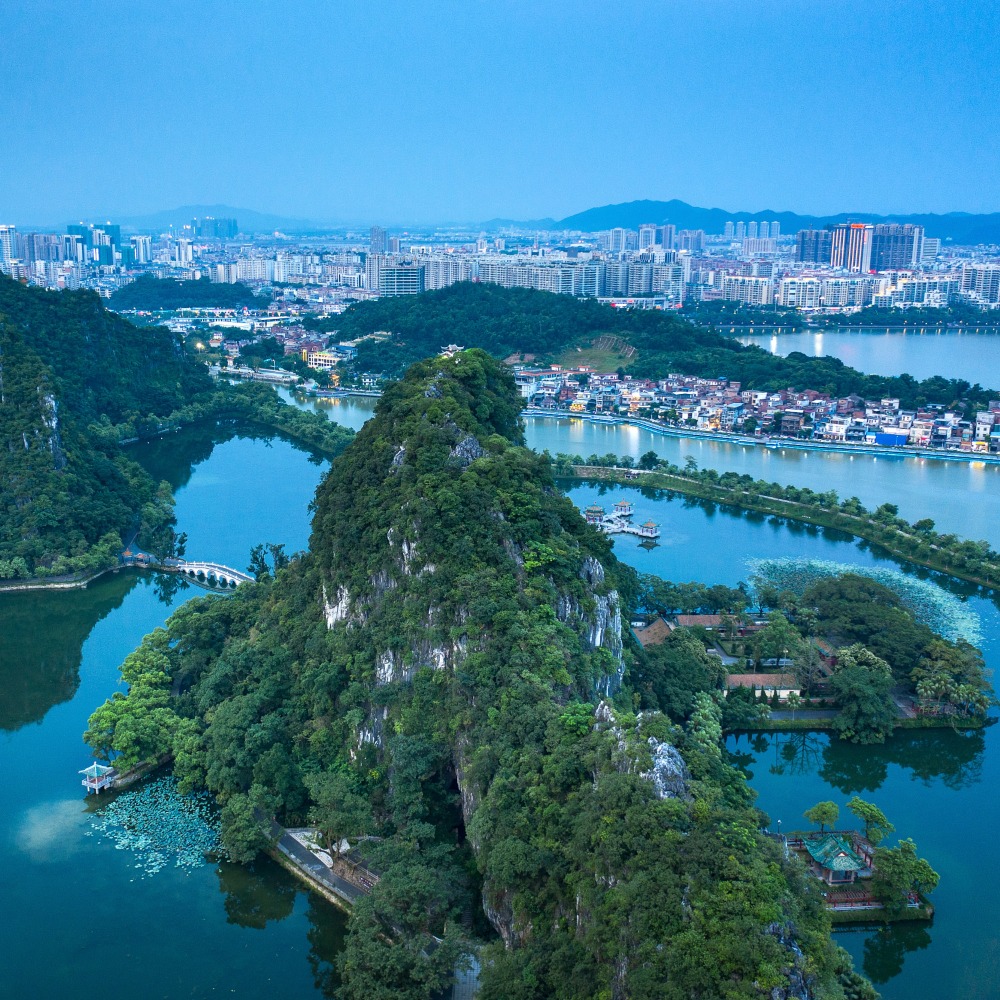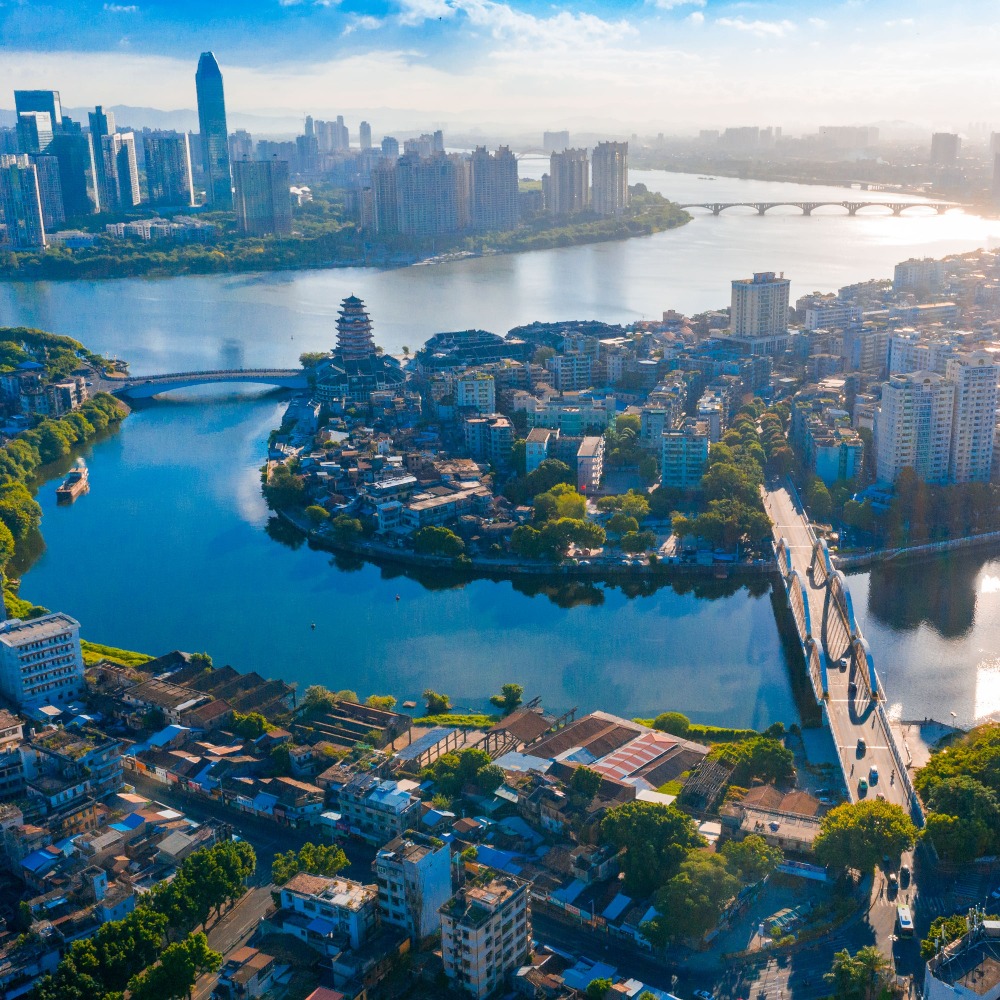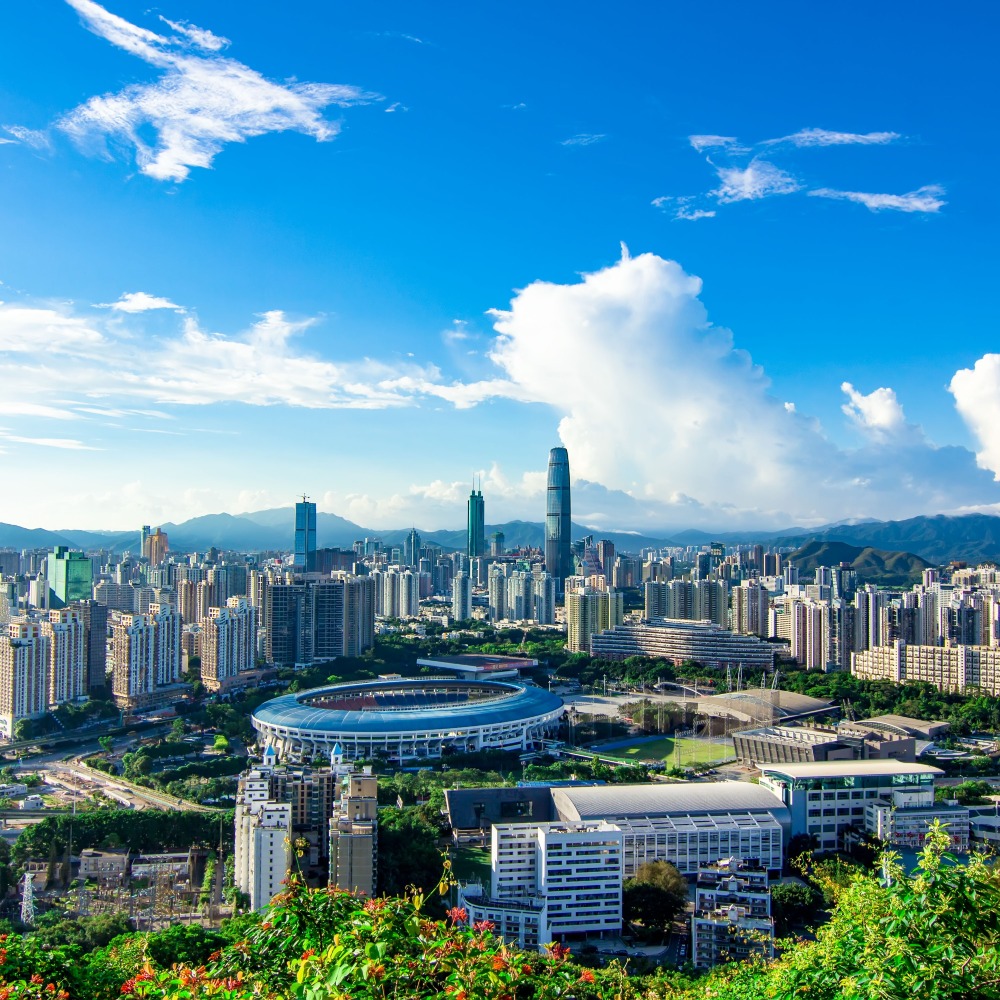Published : 2025-03-25
In the Greater Bay Area, besides its gambling industry, the blend of Chinese and Western cultures is also special in Macao.
Here are the five numbers to introduce you to Macao.
Early 16th century

According to the Cultural Affairs Bureau of Macao, the urban area of Macao is the oldest existing architectural complex of Chinese and Western styles in China, dating back to the 33rd year of Jiajing (1554).
In this year, Portuguese captain Leonel de Sousa reached a verbal agreement with Wang Bo, the Guangdong Deputy of Maritime Affairs. The Macao Peninsula began to open its ports to foreign merchants, quickly became a trading point for merchants from various countries.
Foreign merchants gradually built houses in the urban area of Macao, forming a unique district characterised by Chinese and Western architectural styles.
After the establishment of the city, Macao's urban area developed rapidly. In 1569, there were already 10,000 people living in the city, of whom 6,000 were Portuguese and their servants, while the rest were Chinese, which was the prototype of the city centre of Macau.
Macao was known as "one of the most famous cities in the Far East" due to its prosperous external trade and its crucial role as a transit point for the Portuguese trade with Japan and the Philippines at that time.
Read more: Macao has many nicknames, have you heard of "Soda Port"?
30 World Heritage Sites
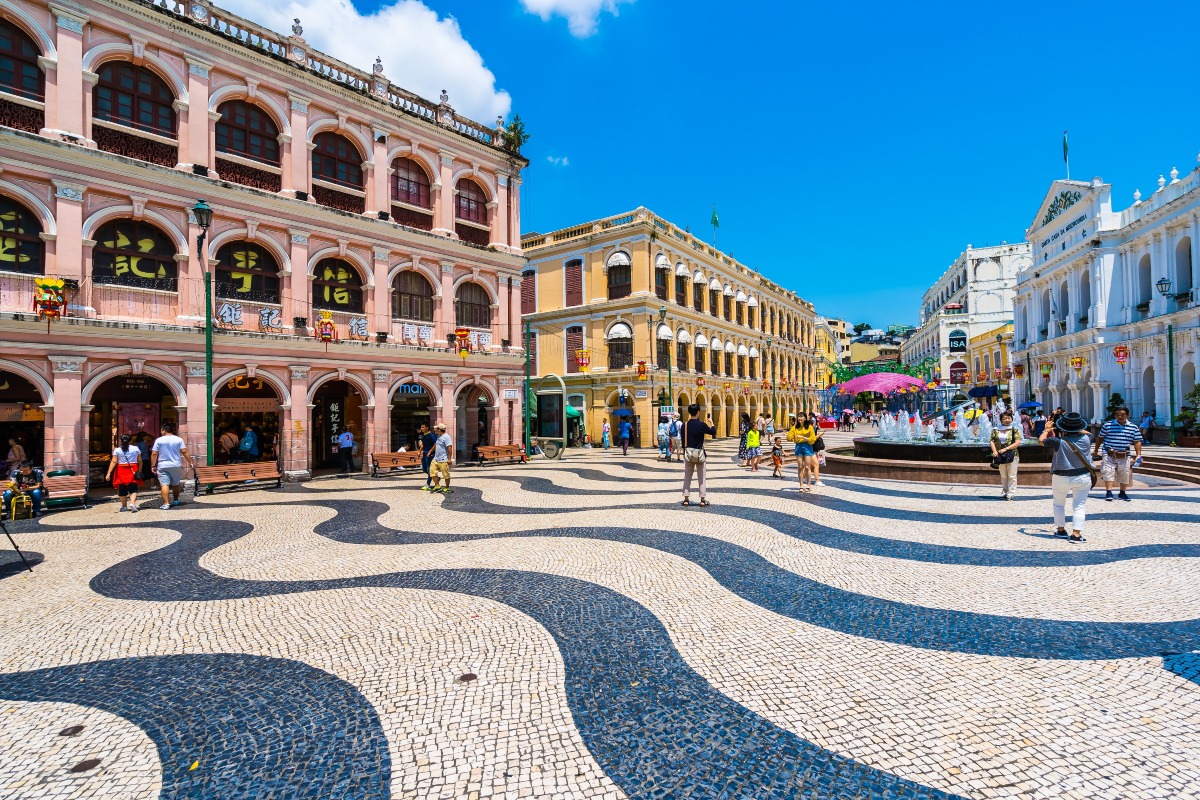
The Historic Centre of Macao is the oldest, best-preserved and most concentrated cluster of Chinese and Western-style buildings in China and was inscribed on the UNESCO World Heritage List in 2005. It the 31st World Heritage Site in China.
Inscribed on the World Heritage List, the Historic Centre of Macao includes 30 sites, comprising 8 squares and 22 buildings. The 8 squares are Senado Square, A-Ma Temple Square, St. Augustine's Square, Lilau Square, Cathedral Square, St. Lazarus' Church Square, Companhia de Jesus Square, and Cathedral Square.
The 22 buildings include the Ruins of St. Paul's, A-Ma Temple, St. Joseph's Seminary and Church, Dom Pedro V Theatre, Sam Kai Vui Kun (Kuan Tai Temple), and the Mandarin's House, etc.
These squares and buildings reflect the multicultural nature of Macao. Many of these World Heritage sites are freely accessible to the public and often host large-scale events.
For example, the Ruins of St. Paul's often host grand parades and tray races, while the St. Dominic's Church hosts the largest number of concerts in Macao.
21,000 people per sq km
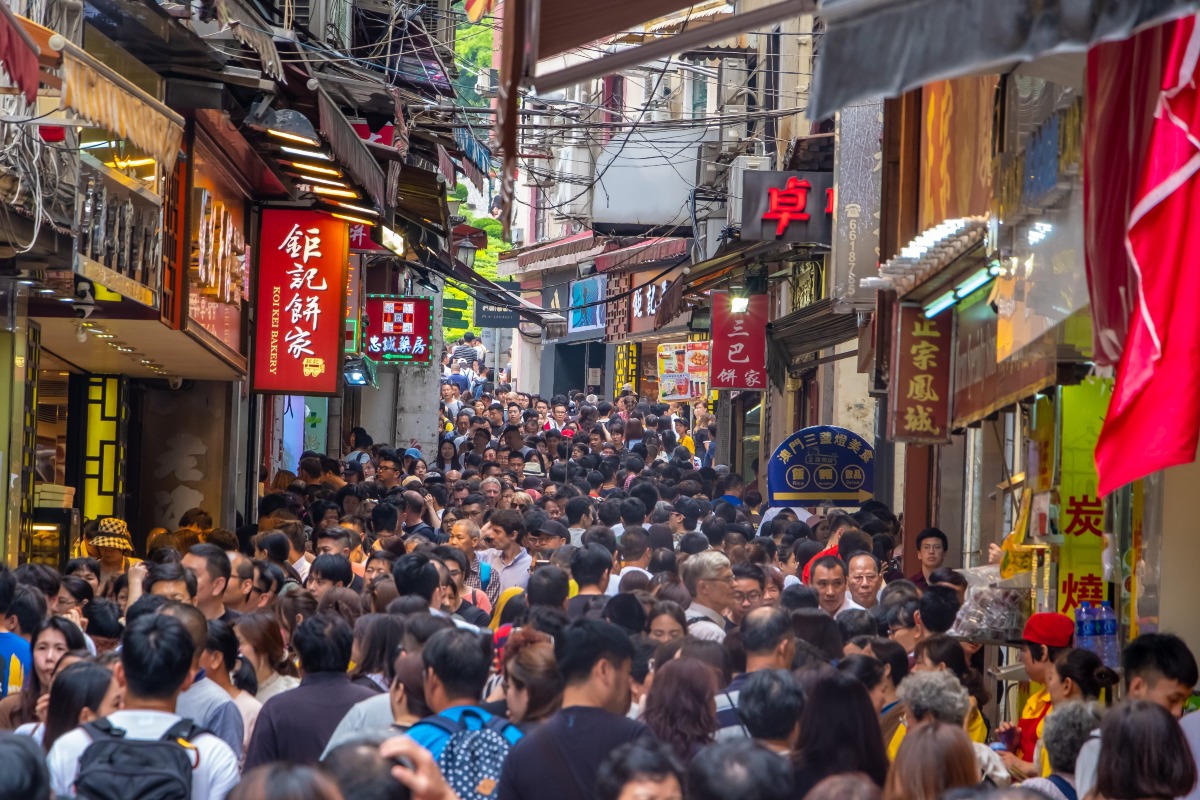
According to the Statistics and Census Service of the Macao Special Administrative Region, as of 2022, the population of Macao was 672,800, with a population density of about 20,500 people per sq km.
Based on the global population density rankings announced by the U.S. government in the "World Factbook", Macao ranks first globally in terms of population density.
Compared to Hong Kong's population density of 6,781.83 people per sq km, Macao's is more than three times higher than that of Hong Kong.
So, which district in Macao has the highest population density?
According to the 2021 census results from the Macao Special Administrative Region, the highest population density is in the Bai Sha Wan and Iao Hon areas, with population densities of 150,000 and 144,000 people per sq km, respectively. These are followed by the Lin Ma Hang area, with about 141,000 people per sq km.
Total area of 34.16 sq km
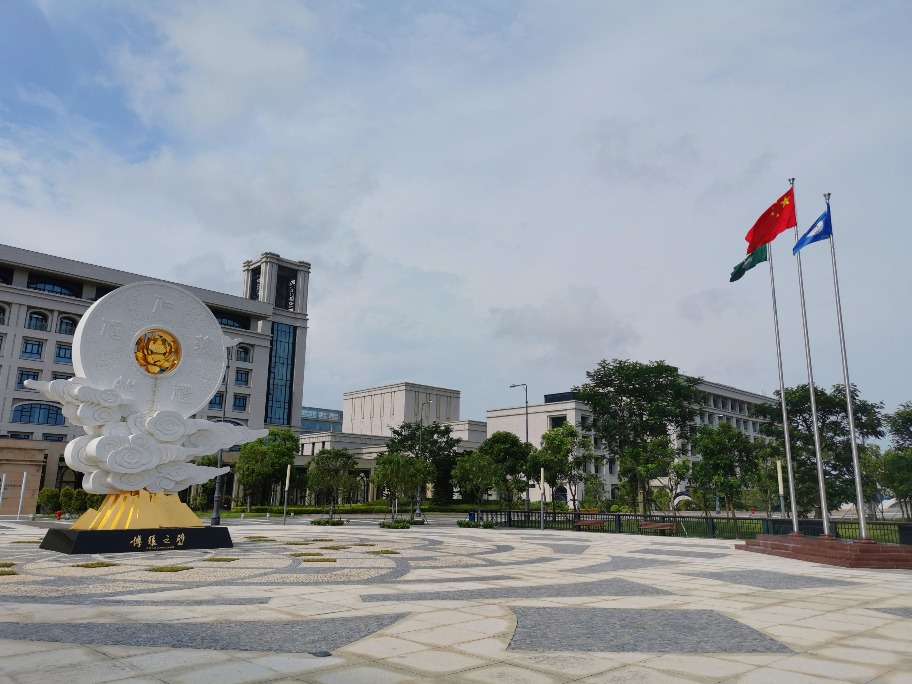
Macao's total area is 33.3 sq km, making it the smallest in the Greater Bay Area, but its area has doubled over the past 100 years.
In October 2019, in order to promote better development of Macao, the Standing Committee of the National People's Congress approved the lease of the rebuilt Macao Port Area of Hengqin Port and the extension area, along with the use rights of Lotus Bridge and the Macao University Hengqin New Campus, to Macao. This arrangement increased the total area of Macao by 1.26 sq km at once.
Lotus Bridge connects Cotai and Hengqin Island, serving as an important overland passage linking Macao with Mainland China.
38.3% of GDP
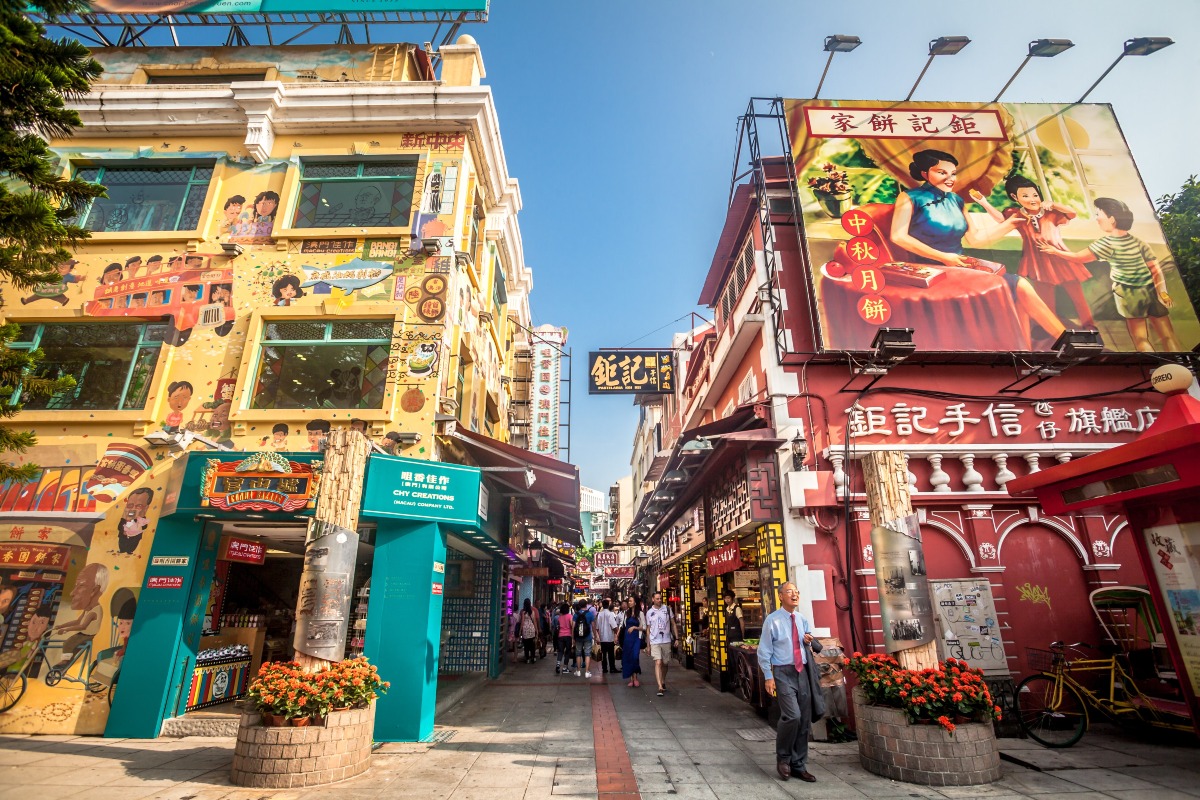
One of the pillar industries of Macao is the gambling industry.
Figures from the Macao Trade and Investment Promotion Institute show that in 2023, the gambling industry accounted for 38.3% of Macao's overall GDP.
Macao's gaming industry has unique local characteristics, including White Pigeon Lottery, popular horse racing bets, football betting, casual slot machine centers, and internationally renowned large-scale casinos.
However, Macao is actively developing non-gaming industries, positioning itself as a "World Tourism and Leisure Centre".
The Macao government published a consultation paper on the "Development Plan for Appropriate Economic Diversification of the Macao Special Administrative Region (2024-2028)", through the diversified development plan, Macao aims to achieve a 60% share of non-gaming industry in its GDP by 2028.
Read more: How can Macao become a "World Tourism and Leisure Centre"?
